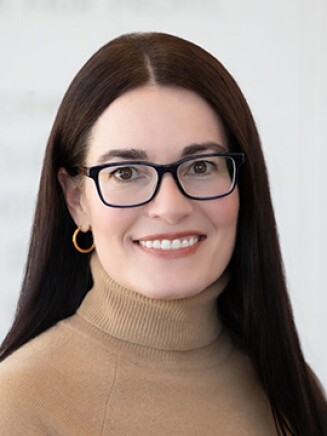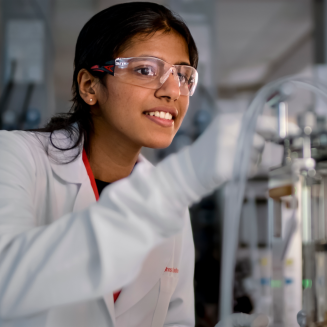- Home
- Our company
- Social impact
- Environmental sustainability

Environmental sustainability
At Johnson & Johnson, we know that healthy people need a healthy planet.
Everything we do is guided by Our Credo, which includes our commitment to “maintain in good order the property we are privileged to use, protecting the environment and natural resources.”
Our long-standing commitment to environmental sustainability is also inspired by our Company’s purpose to profoundly impact health for humanity. According to the World Health Organization, “climate change presents a fundamental threat to human health.”
That’s why, to support a healthy environment and the resilience of our business, we are taking action to improve the environmental footprint of our operations, our value chain and our product portfolio, while also partnering with others to advance sustainable healthcare.
Our long-standing commitment to environmental sustainability is also inspired by our Company’s purpose to profoundly impact health for humanity. According to the World Health Organization, “climate change presents a fundamental threat to human health.”
That’s why, to support a healthy environment and the resilience of our business, we are taking action to improve the environmental footprint of our operations, our value chain and our product portfolio, while also partnering with others to advance sustainable healthcare.
Partnering to advance sustainable healthcare
As the world’s largest healthcare company, we have a unique opportunity to look beyond our own operations and support people around the world who are experiencing the impacts of climate change on their physical and mental health.

At Johnson & Johnson, we care for the planet like our collective health depends on it … because it does.
Paulette Frank
Chief Sustainability Officer, Johnson & Johnson
Meet 3 Johnson & Johnson climate champions
As Johnson & Johnson continues to make progress toward meeting its climate goals, learn about some of the employees who are working to impact both human health and the health of the planet.
Environmental, social and governance (ESG) resources
As a purpose-driven company, how we deliver enduring impact is embedded in our business strategy through execution of our ESG strategy, which frames our ambitions, informs our operations and creates accountability for our vision of the future.
More on our approach to environmental sustainability
Explore all policies and reports
The print and digital publications we produce each year that recap the company’s business performance and key enterprise-wide milestones.


